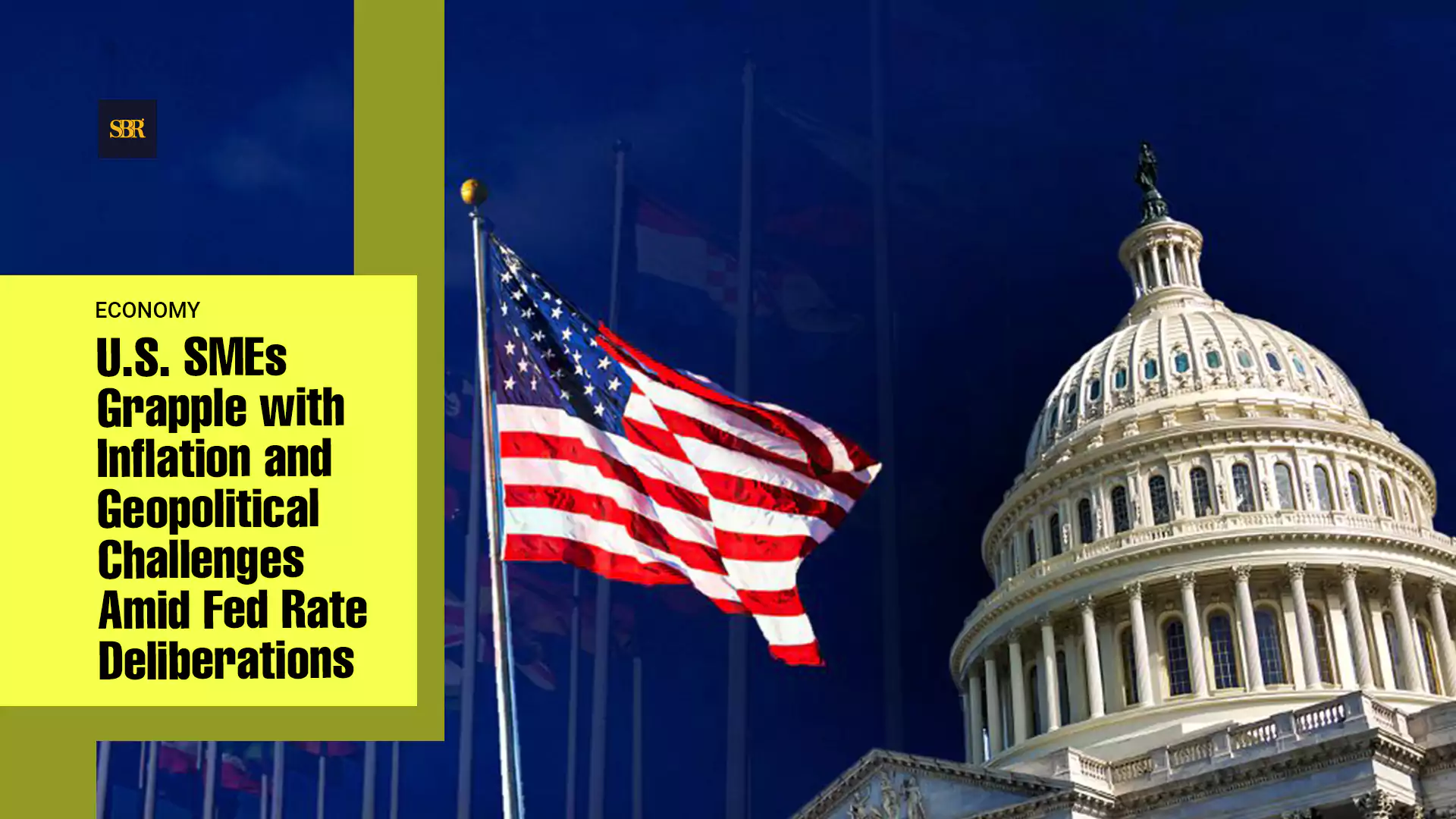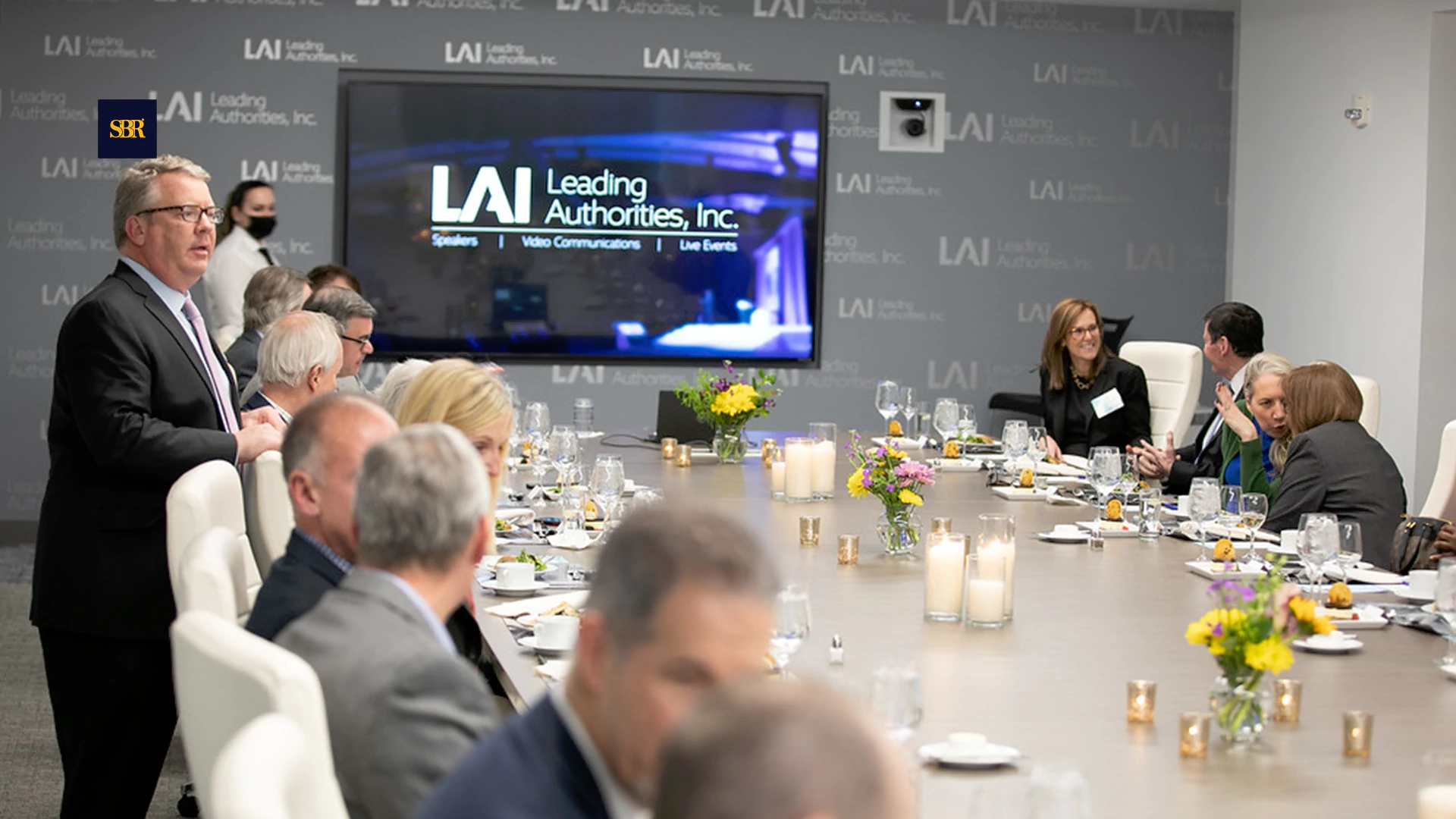GENEVA, May 12, 2025 — The United States and China reached an unexpectedly broad agreement to cut tariffs for 90 days, giving global markets a boost and temporarily defusing one of the most destabilizing elements of the ongoing trade war between the world’s two largest economies.
Under the deal announced Monday, the U.S. will reduce extra tariffs imposed in April on Chinese imports from 145% to 30%. China will lower its retaliatory duties on American goods from 125% to 10%. The cuts, effective immediately, will apply for a three-month window while further talks continue.
Despite the optimism, the accord excludes restoration of “de minimis” exemptions on low-value e-commerce shipments from China and Hong Kong — a provision terminated by the Trump administration on May 2. And the adjusted rates remain significantly higher than pre-conflict levels.
“This is better than I expected. I thought tariffs would be cut to somewhere around 50%,” said Zhiwei Zhang, chief economist at Pinpoint Asset Management in Hong Kong. “It’s very positive news for both economies and for global supply chains in the short term.”
Financial markets rallied in response. Wall Street stocks surged, the U.S. dollar strengthened, and gold retreated as investors welcomed signs of economic cooperation following months of combative rhetoric and tit-for-tat escalations.
“Both countries represented their national interest very well,” said U.S. Treasury Secretary Scott Bessent, who led the U.S. delegation during the weekend talks in Geneva. “The consensus from both delegations this weekend is neither side wants a decoupling.”
U.S. Trade Representative Jamieson Greer joined Bessent in hailing the discussions, which marked the first high-level contact between the nations since President Donald Trump returned to office in January and imposed sweeping tariffs on Chinese imports.
Chinese Vice Premier He Lifeng described the meetings as “candid, in-depth and constructive,” saying they yielded “substantial progress” on long-standing trade concerns.
The tariff dispute had frozen nearly $600 billion in annual trade, disrupted global supply chains, and raised fears of stagflation. China retaliated by curbing rare earth exports vital for U.S. defense and tech manufacturing, while raising tariffs to 125% on a broad range of U.S. products.
European companies with heavy exposure to U.S.-China trade, including Maersk and luxury giants LVMH and Kering, rallied sharply on the news. Maersk, which saw a 12% surge in shares, said in a statement that the reprieve could "lay the foundation for a permanent deal."
Not all companies responded immediately. Boeing, which in April considered redirecting aircraft originally slated for Chinese buyers, declined to comment.
Despite the apparent breakthrough, Bessent acknowledged the road ahead remained complex. He told U.S. media the next steps would involve intensive engagement on tariffs, subsidies, non-tariff barriers, currency policies, and Chinese market access for American businesses.
He also indicated China had signaled willingness — for the first time — to cooperate on addressing the fentanyl crisis, including restricting the flow of pre-cursor chemicals used to manufacture the drug.
The temporary deal follows President Trump’s April 2 tariff escalation, announced alongside a national emergency declaration on fentanyl, and marks the clearest sign yet that both countries are seeking to avert a broader economic decoupling.
This is better than I expected. I thought tariffs would be cut to somewhere around 50%.

















